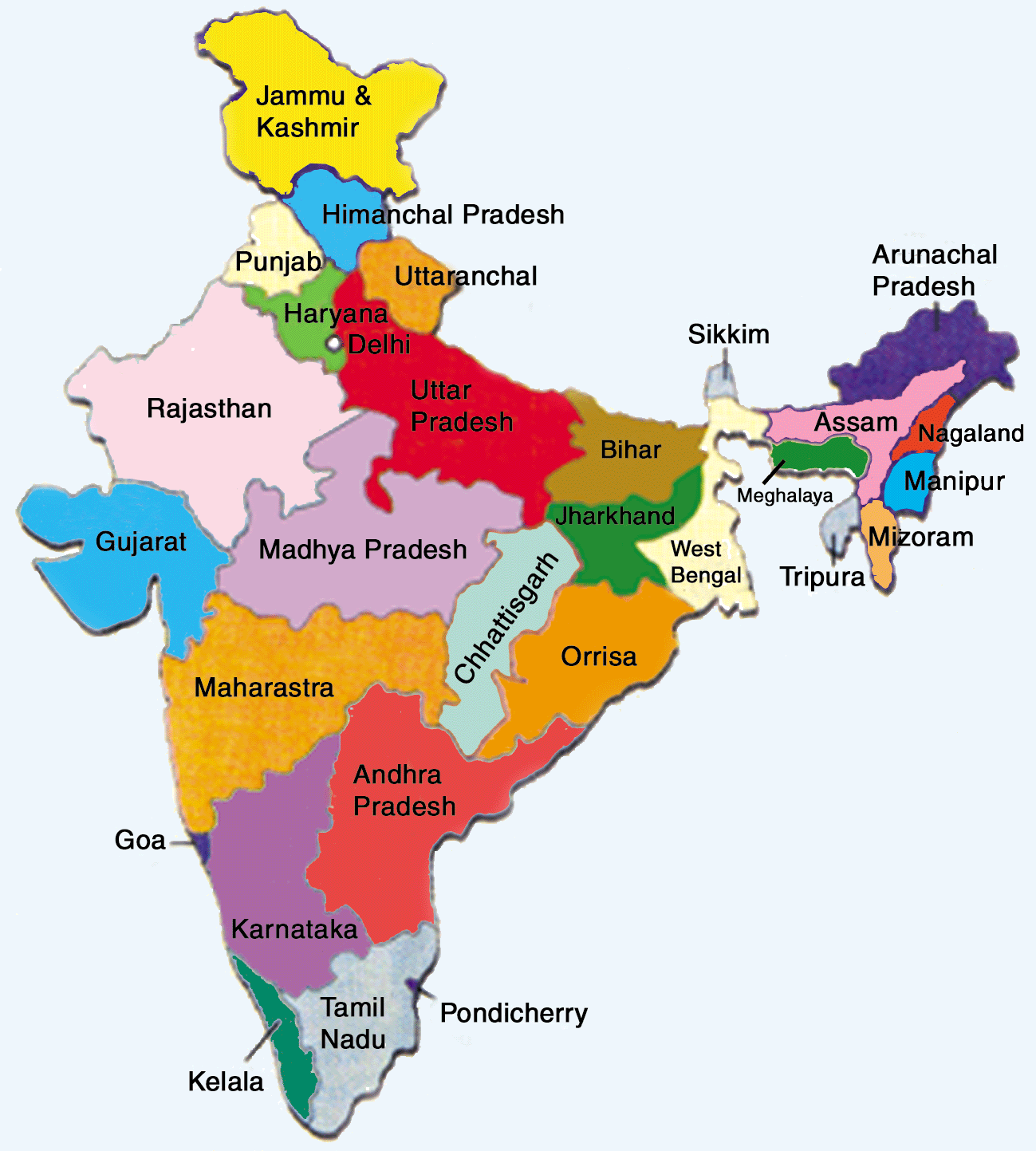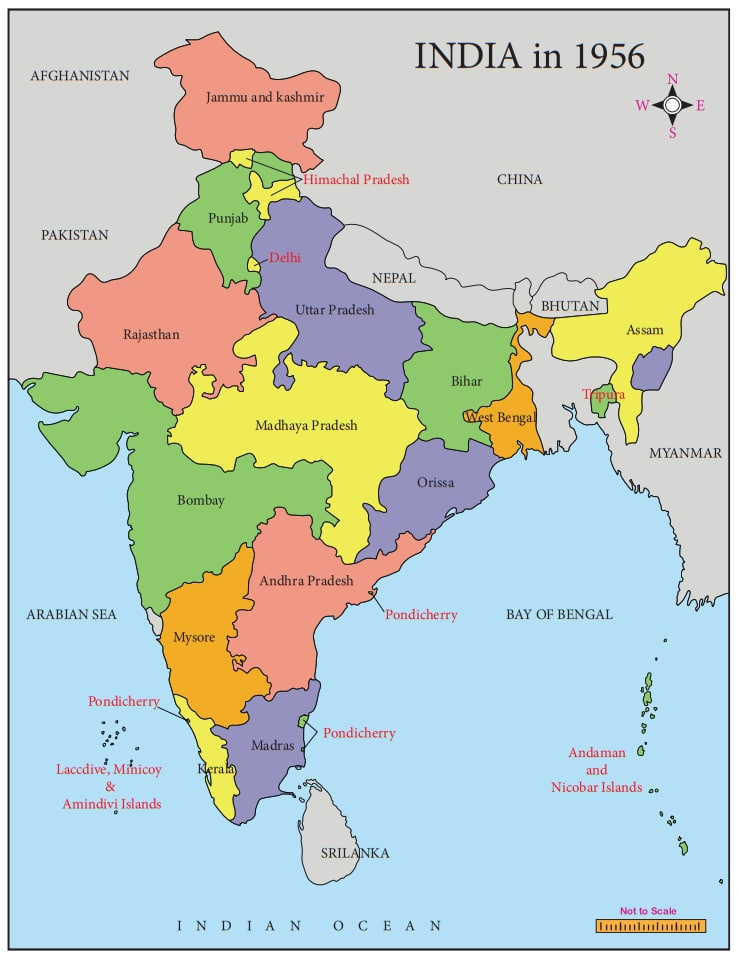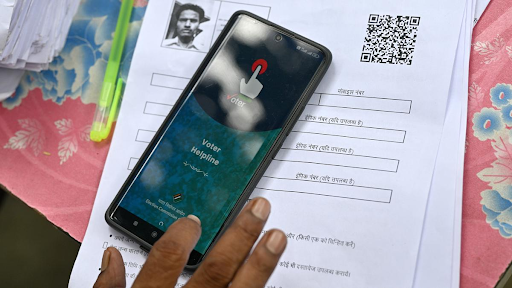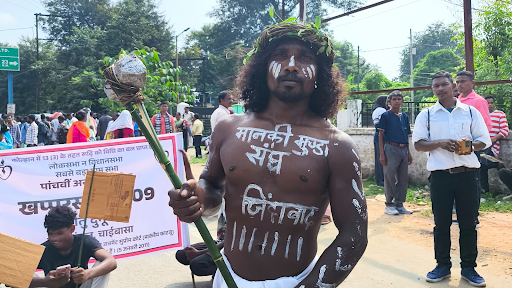Description

Copyright infringement is not intended
Context: Himachal Pradesh celebrated its foundation day on the 15th of April.
Himachal Pradesh
- The earliest known occupants of the region were tribals called Dasas. Later, Aryans came and they mixed in the tribes.
- In the later centuries, the hill chieftains accepted the rule of the Mauryan Empire, the Kushans, the Guptas and Kanuaj rulers.
- During the Mughal period, the Rajas of the hill states made some mutually agreed arrangements that governed their relations.
- In the 19th century, Ranjit Singh annexed/conquered many of the states.
- When the British came, they defeated Gorkhas and entered into treaties with some Rajas and annexed the kingdoms of others.
- The situation more or less remained unchanged till 1947.
- After Independence, 30 princely states of the area were united and Himachal Pradesh was formed in 1948.
- In 1966, hilly areas of neighboring Punjab state were merged into Himachal and it was ultimately granted full statehood in 1971.
- The State is bordered by;
- Jammu and Kashmir on the North.
- Punjab on the West and South-West.
- Haryana on the South
- Uttrakhand on South-East.
- China on the East.
- Himachal Pradesh is situated in the Western Himalayas.
- Himachal Pradesh is also known as Dev Bhoomi, meaning 'Land of God' and Veer Bhoomi which mean 'Land of Braves'.
- Around 90% of the state's population lives in rural areas. Agriculture, horticulture, hydropower and tourism are important constituents of the state's economy.
- Tribes in Himachal Pradesh; Koli, Hali, Dagi, Dhaugri, Dasa, Khasa, Kanaura, and Kirata inhabited the region since the prehistoric era.
- The Zanskar range runs in the northeastern part of the state.
- The Great Himalayan range runs through the eastern and northern parts.
- The Dhauladhar and the Pir Panjal ranges of the lesser Himalayas, and their valleys, form much of the core regions.
- The outer Himalayas, or the Shiwalik range, form southern and western Himachal Pradesh.
- At 7,025 m, Shilla is the highest mountain peak in the state of Himachal Pradesh.
- Himachal Pradesh provides water to both the Indus and Ganges basins.
- The drainage systems of the region are the Chandra Bhaga or the Chenab, the Ravi, the Beas, the Sutlej, and the Yamuna.
- These rivers are perennial and are fed by snow and rainfall.
- Four of the five Punjab Rivers flow through the state, three of them originating here.
- The state's winter capital, Dharamsala receives very heavy rainfall, while areas like Lahaul and Spiti are cold and almost rainless.
- Due to steps taken by governments to prevent pollution, Himachal Pradesh has become the first smoke-free state in India which means cooking in the entire state is free of traditional chulhas.
Evolution of Indian States and Union Territories
- At the time of independence, India was divided into two categories of political units; the British provinces (under the direct rule of the British government) and the princely states (under the rule of native princes but subject to the paramount of the British Crown).
- The Indian Independence Act (1947) created two independent and separate dominions of India and Pakistan and gave three options to the princely states;
- Joining India
- Joining Pakistan
- Remaining independent.
- Out of the 552 princely states, 549 joined India and the remaining 3 (Hyderabad, Junagarh and Kashmir) refused to join India. With the time, they were also integrated with India;
- Hyderabad by means of police action.
- Junagarh by means of a referendum.
- Kashmir by the Instrument of Accession.
- In 1950, the Constitution contained a four-fold classification of the states and territories of the Indian Union–Part A, Part B and Part C states and Part D territories;
- Part A states comprised the earlier provinces of British India.
- Part B states consisted of princely states with legislatures.
- Part C states were centrally administered.
- The Andaman and Nicobar Islands were kept in Part D territories.
Dhar Commission and JVP Committee
- After the integration of princely states with the rest of India. There has been a demand from different regions, particularly South India, for the reorganization of states on a linguistic basis.
- In 1948, the Government of India appointed the Linguistic Provinces Commission under the chairmanship of S.K. Dhar to examine the feasibility of this. The Commission recommended the reorganization of states on the basis of administrative convenience rather than linguistic factors.
- This created many grievances and the Union government appointed another Linguistic Provinces Committee.
- It consisted of Jawaharlal Nehru, Vallahbhai Patel and Pattabhi Sitaramayya and hence, was popularly known as JVP Committee.
- It formally rejected language as the basis for the re-organization of states.
- In 1953, the Government of India was forced to create the first linguistic state ‘Andhra state’, by separating the Telugu speaking areas from the Madras state.
Fazl Ali Commission
- The creation of the Andhra state strengthened the demand from other regions for the creation of states on a linguistic basis.
- This forced the Government of India to appoint Reorganization Commission under the chairmanship of Fazl Ali in 1953.
- It broadly accepted language as the basis for the reorganization of states. But, it rejected the theory of ‘one language-one state’.
- It identified four major factors that can be taken into account in any scheme of reorganization of states:
- Preservation and strengthening of the unity and security of the country.
- Linguistic and cultural homogeneity.
- Financial, economic and administrative considerations.
- Planning and promotion of the welfare of the people in each state as well as of the nation as a whole.
- The Government of India accepted these recommendations with certain minor modifications and passed the States Reorganization Act (1956).
- As a result, 14 states and 6 union territories were created on November 1, 1956.

Copyright infringement is not intended
https://www.ndtv.com/india-news/himachal-day-2021-date-history-significance-and-10-facts-about-himachal-pradesh-2413589














